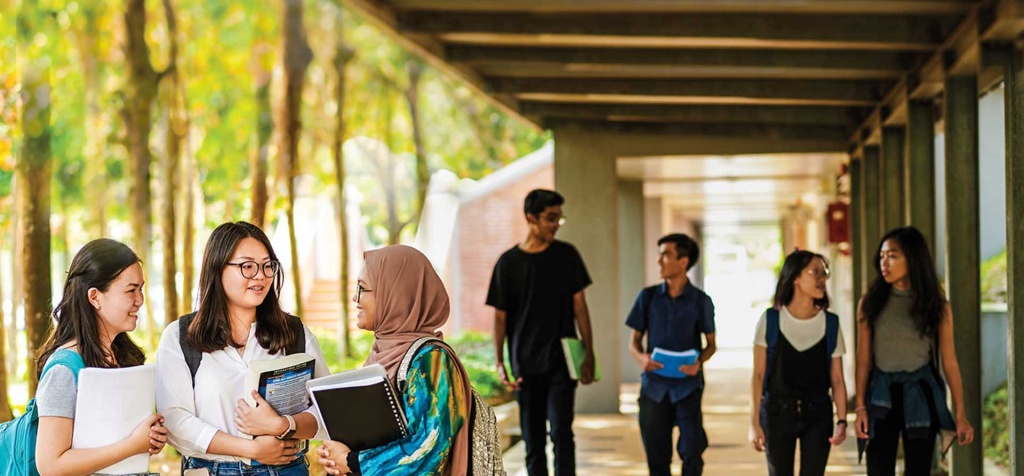Prioritising the Safety of Our Children in University Housing

I express deep concern over the recent tragic death of a student at the University of Cyberjaya (UoC). This heartbreaking loss raises urgent questions about the effectiveness of current safety and security measures at universities across Malaysia.
As parents and community members, we must unite to advocate for stronger protections for our children, many of whom are living independently for the first time while pursuing higher education. The safety and well-being of students must never be left to chance.
Universities throughout Malaysia must establish comprehensive and transparent security systems, including:
- 24/7 patrols and surveillance (e.g., CCTV),
- Secure, access-controlled housing facilities,
- Clearly defined crisis response protocols,
- Regular safety audits and accountability mechanisms.
Young people may not always recognise or respond to risks in their environment. It is the responsibility of higher education institutions to create safe, supportive, and protective settings that foster both academic and personal growth.
Join me in urging all university administrators, regulatory bodies, and the Ministry of Higher Education to move beyond current issues at hand. Student safety is integrated into licensing and compliance frameworks, but it must also include strict enforcement measures. This issue extends beyond UoC; it is a national and global concern. We must act swiftly before another life is lost.
This concern is evident not only in Malaysia but also internationally, where research highlights significant gaps in student housing safety. Studies by Simpeh & Adisa (2020) and Packett, Kaitlyn (2022) show that many student residences lack essential features such as CCTV, fire safety systems, and emergency response protocols. Even where basic measures are in place, tools like weapon detectors or rapid response systems remain underdeveloped. Furthermore, safety education—teaching students how to recognise, avoid, and respond to threats—is a crucial yet often overlooked aspect of campus life (You-xiao, n.d.; Discussion on Campus Security Prevention and Student Safety Education in Higher Education Institutions, n.d.).
Enhanced infrastructure and safety education programmes must be developed in tandem to foster a secure and supportive learning environment. This is not just about prevention; it’s about protecting the future of our nation’s youth.
The safety of our children is non-negotiable. It is a shared responsibility, and it demands collective action now.
Sources:
- Puckett, Kaitlyn, “Safety and Security On Campus: Student Perceptions and Influence on Enrolment” (2022). Electronic Theses and Dissertations. Paper 4103. https://dc.etsu.edu/etd/4103
- Simpeh, F., & Adisa, S. (2020). On-campus student accommodation safety measures: provision versus risk analysis. https://doi.org/10.1108/IJBPA-06-2020-0047
- Jia Yu. Discussion on Campus Security Prevention and Student Safety Education in Higher Education Institutions. International Journal of New Developments in Education (2024), Vol. 6, Issue 2: 84-89. https://doi.org/10.25236/IJNDE.2024.060214.

